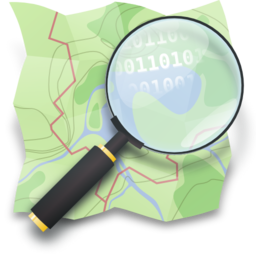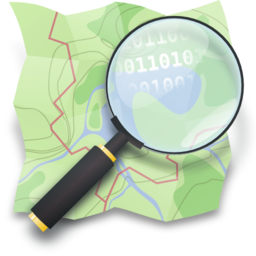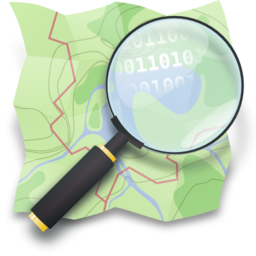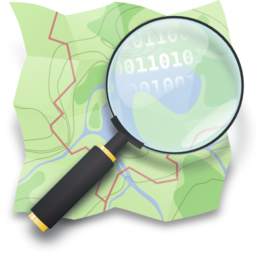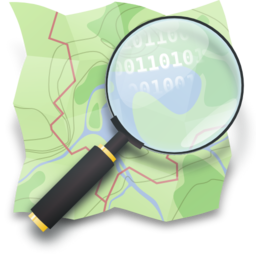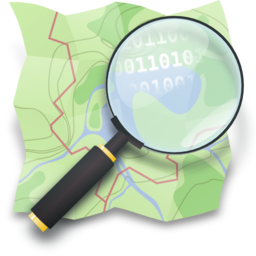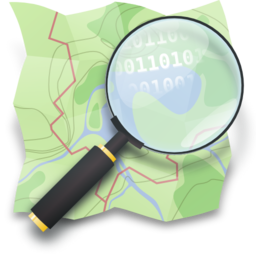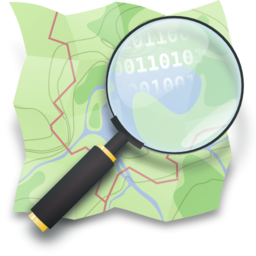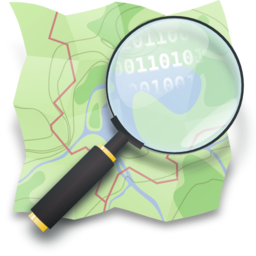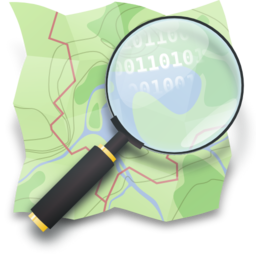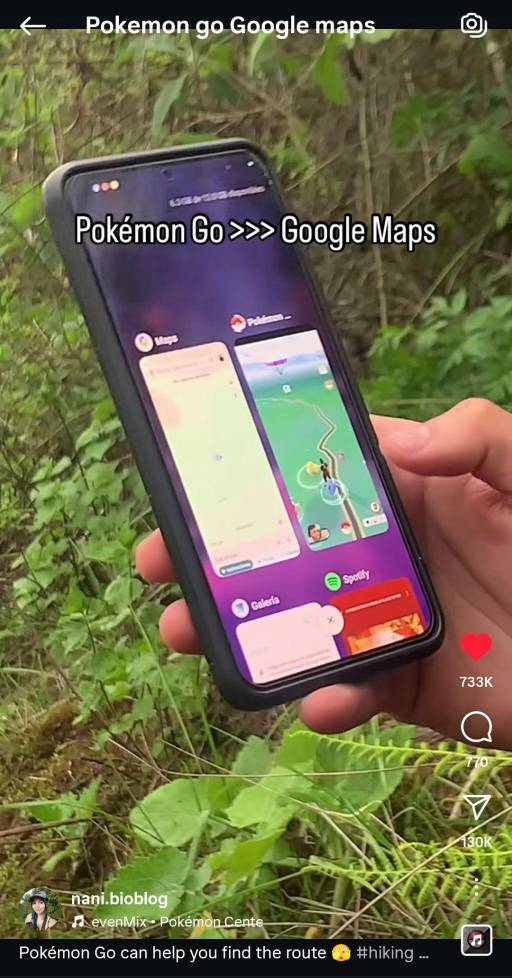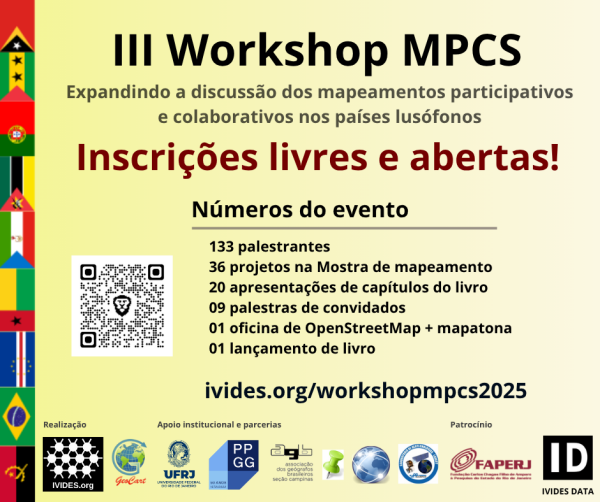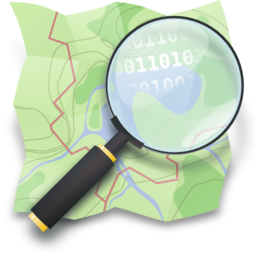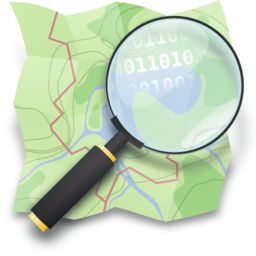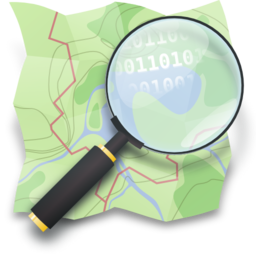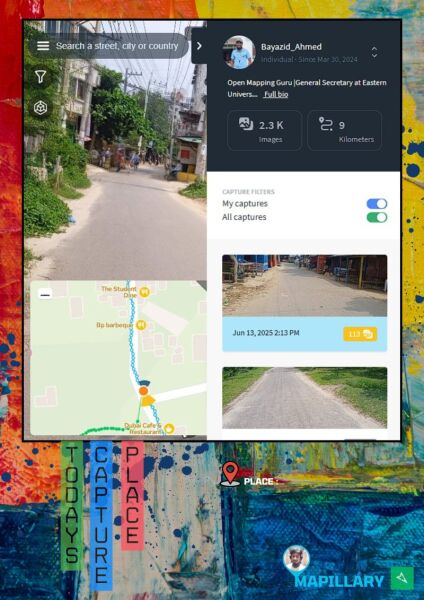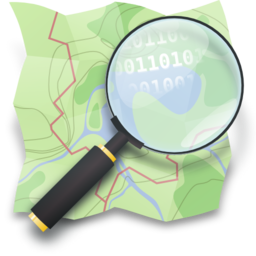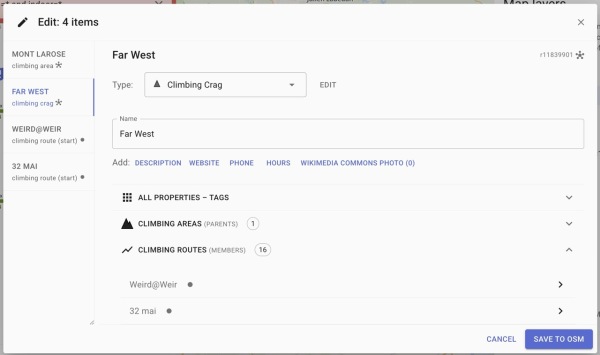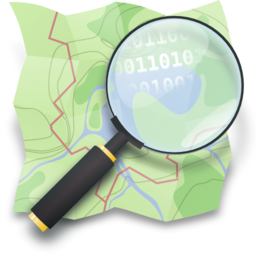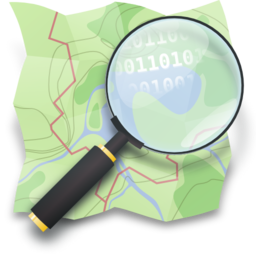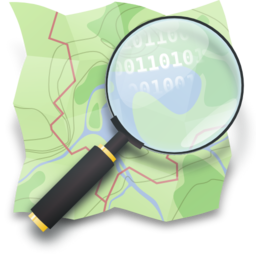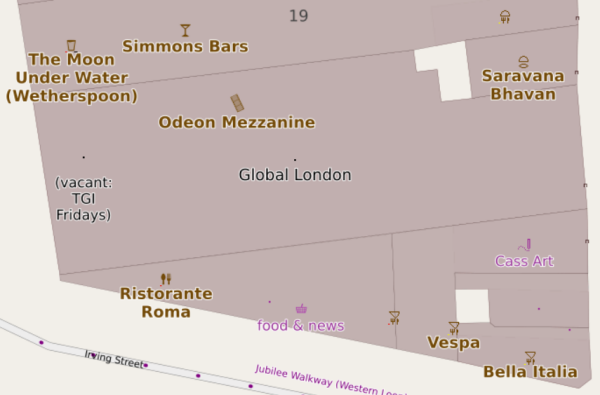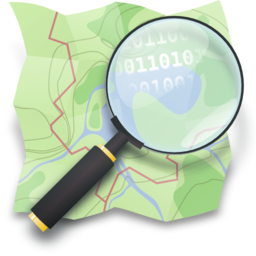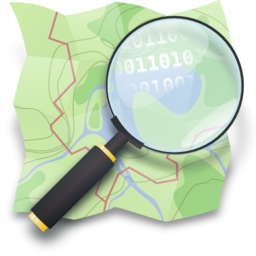Al Nabi Colony, Gujrat, Punjab, Pakistan Sells groceries, snacks, and daily household items. This is a physical and actively operating business.
April 15–19, 2025, proved to be a special landmark in my mapping experience when I participated in the OSM Spring Mapathon 2025, sponsored by Youth Innovation Lab. I am excited to announce that I won the Beginner Category for 22,922 map changes!
This acknowledgement is meaningful to me—not only as a personal achievement, but also as a personal reminder of my growth since first hearing about OpenStreetMap (OSM) during 2021. At that time, OSM was merely another name, still learning its way into my periphery. Little did I realize the meaning that OSM would take on as an important part of my learning and contribution trajectory.
I committed a certain amount of time each day during the Mapathon to updating map data. Anything from adding roads, perfecting building footprints, or fixing map glitches and errors. Each change adding to a sense of satisfaction that somewhere someone would benefit from finally going through something that they could map out into a community, and their community becoming visible, sharing their data.
The event itself was inspiring. While Youth Innovation Lab was the primary host, the Mapathon brought together fellow mappers from across the land, and beyond. Each day’s schedule created an exciting and competitive environment that made staying sedimentary contagious.
Though I did not expect to win the Beginner Category, I am even more so grateful. The motivation of this experience is further proof that with the appropriate due diligence, sprinkling curiosity and learning, anything is possible!
This acknowledgement is meaningful to me—not only as a personal achievement, but also as a personal reminder of my growth since first hearing about OpenStreetMap (OSM) during 2021. At that time, OSM was merely another name, still learning its way into my periphery. Little did I realize the meaning that OSM would take on as an important part of my learning and contribution trajectory.
I committed a certain amount of time each day during the Mapathon to updating map data. Anything from adding roads, perfecting building footprints, or fixing map glitches and errors. Each change adding to a sense of satisfaction that somewhere someone would benefit from finally going through something that they could map out into a community, and their community becoming visible, sharing their data.
The event itself was inspiring. While Youth Innovation Lab was the primary host, the Mapathon brought together fellow mappers from across the land, and beyond. Each day’s schedule created an exciting and competitive environment that made staying sedimentary contagious.
Though I did not expect to win the Beginner Category, I am even more so grateful. The motivation of this experience is further proof that with the appropriate due diligence, sprinkling curiosity and learning, anything is possible!
HOT#OSM#Youth Innovation Lab# OSM Spring Mapathon2025
As you might know, were having OpenStreetMap Awards this year! Finally, after many skipped years, we will have the honour and the joy to recognize people and teams who have made an impact on OSM, whether its by mapping, writing, or coding!
Tagging and additions of USFS roads in the Siuslaw National Forest completed.
In 2020, I was presented with an opportunity to participate in the Humanitarian OpenStreetMap Team’s Data Quality Internship, https://www.hotosm.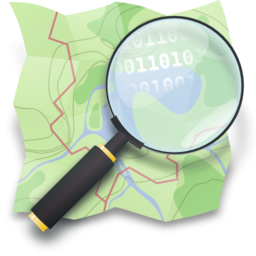

HOT Data Quality Internship
In 2020, I was presented with an opportunity to participate in the Humanitarian OpenStreetMap Team’s Data Quality Internship, https://www.hotosm.OpenStreetMap
Questions
- Does OSM track the last time a user made an diary entry?
- Does the last map edit timestamp on a user’s profile indicate only the edits made to maps or diaries and notes as well?
Most of our mapping parties, if not all, start with a brief introduction. The newbies are informed about the various benefits of using and contributing to OpenStreetMap, such as massive improvements to the individual’s privacy and an easy mechanism t…
- Complete Notes
- Finish inputting bus routes
- Finish the inside of the MUB
- Colors, heights, and 3D models of the buildings
- Stoke / Paul College area needs love
Kex Gill (humorously named the Côte de Blubberhouses for a stage of the 2014 Tour de France) is a road in Yorkshire between Harrogate and Skipton.
The twenty-fourth development diary marks the most significant milestone in OpenStreetMap-NGs journey to date: the launch of our public test instance.
Working independently to help plot missing areas but conscious of the current geopolitical situation. Can anyone recommend if there’s any areas to be mapped out of urgency? For instance Texas with the current floods, Gaza or Ukraine etc for the humanitarian issues and destruction of war. I want my work to have as much positive impact and possible and consequentially don’t want to be plotting somewhere remote in say Africa for instance when actually somewhere else is in a much more urgent and desperate need. Many thanks.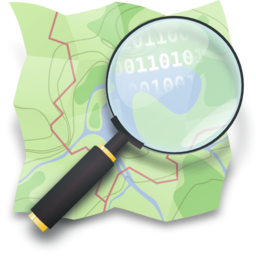

Where to map?
Working independently to help plot missing areas but conscious of the current geopolitical situation. Can anyone recommend if theres any areas to be mapped out of urgency? For instance Texas with the current floods, Gaza or Ukraine etc for the humani…OpenStreetMap
WORKSHOP MPCS 2025 OPEN FOR FREE REGISTRATION
Newborough has been fully micromapped, that includes: powerlines, street lights, street trees and underground fire hydrants. Roads have been edited and instead of basic lines, they now follow the center point of the road perfectly.
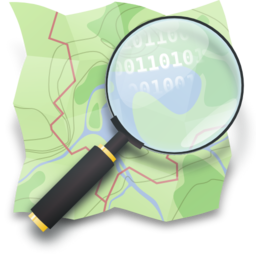
Micromapping Latrobe Valley
OpenStreetMap is a map of the world, created by people like you and free to use under an open license.OpenStreetMap
Newborough has been fully micromapped, that includes: powerlines, street lights, street trees and underground fire hydrants. Roads have been edited and instead of basic lines, they now follow the center point of the road perfectly.
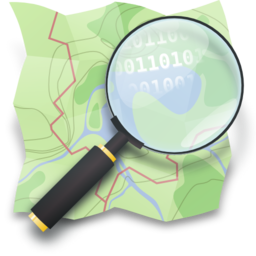
Micromapping Latrobe Valley
OpenStreetMap is a map of the world, created by people like you and free to use under an open license.OpenStreetMap
I notice all across China that bots have destroyed powerlines and now they are missing many segments that were previously complete.
Activities Performed
- Participated in ‘‘transmission grid planning’’, applying surveying and cartographic principles to infrastructure development.
- Conducted line routing and selection exercises, evaluating terrain and land use for optimal transmission line alignment.
- '’Collected and recorded coordinates’’ using GNSS equipment to support planning and line diversion strategies.
- Assisted with **line diversion assessments by integrating spatial analysis and route optimization techniques.
- Engaged in GIS-based mapping and spatial data management for transmission corridors and project layouts.
- Supported **drawing office tasks including drafting, editing, and refining technical layouts for transmission lines using AutoCAD and GIS software.
- Contributed to the preparation of survey reports*, integrating observations, geospatial data, and recommendations for planning documentation.
- Georeferencing and symbology in GIS
- AutoCAD drafting and technical alignment
- Thematic layering and map production
- Field coordination using QField and GNSS tools
- Formal report writing and spatial data interpretation
Part 1: https://www.openstreetmap.org/user/Negreheb/diary/405306
Part 2: https://www.openstreetmap.org/user/Negreheb/diary/406030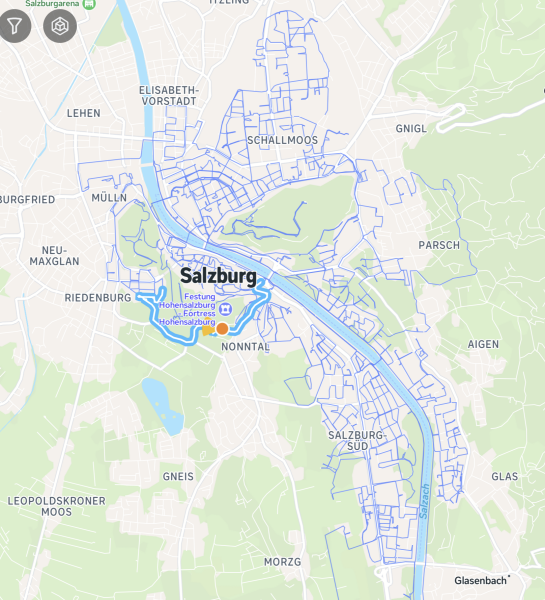
Part 2: https://www.openstreetmap.org/user/Negreheb/diary/406030

Capturing the whole city of Salzburg in 360°: Better Mounting, Better Coverage (Part 3)
Part 1: https://www.openstreetmap.org/user/Negreheb/diary/405306 Part 2: https://www.openstreetmap.org/user/Negreheb/diary/406030OpenStreetMap
Dear OSM Community and Team, Is there any possibility of accessing a newer imagery layer, such as Maxar? The current Bing Maps Aerial imagery appears to be significantly outdated, which makes it challenging to accurately update or edit map content.
I see many diaries on OSM, but unfortunately the good ones are hard to find, if they can be found at all.
This is my my second day into the field of OSM, i went back and edited my home grown plce, yuh my home village and and waiting to welcome any reviews because i believe it is the right think to do and am welcoming any mistakes and am hoping to add many more places on the OSM today I went ahead and edited my villages by adding the various buildings and trees that haven’t been mapped yet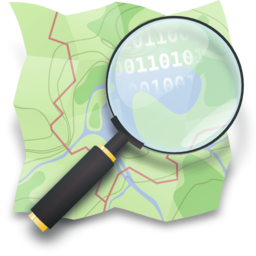

Editing
This is my my second day into the field of OSM, i went back and edited my home grown plce, yuh my home village and and waiting to welcome any reviews because i believe it is the right think to do and am welcoming any mistakes and am hoping to add man…OpenStreetMap
so i’m nearing my 10,000th edit on openstreetmap.
wild. i’ve been thinking a lot about what that actually means.
what started as a hobby - or maybe an obsession - has slowly become a record of care.
a way to see.
a way to let others see.
mapping Bangkok, piece by piece.
making it just a little more visible.
a little more precise.
a little more known - to others,
and to myself.
i’ve been thinking a lot about maps.
about what this whole thing has meant - not just as a mapper,
but as a local voice,
a small thread in a bigger web, by others.
by myself.
by the place itself.
piece by piece.
making it just a little more visible.
a little more precise.
a little more known - to others,
and to myself.
-
i’ve always loved maps.
even when i didn’t know the word for what i was feeling.
as a kid, i was drawn to them like magnets.
atlases in bookshops. globes with soft pastel oceans.
the tiny maps printed on the backs of business cards.
spatial things made me feel calm.
made me feel like the world could be held in my hands.
Vast space compress into something compact, 2 dimensional.
-
my first game was simcity 4 - my dad played it.
i didn’t really get it,
but i still did play it.
a lot,
to much, maybe.
then came minecraft.
and yeah, like every gen z kid,
i was obsessed. not the survival part.
i built cities.
creative model.
little parks and structures.
entire worlds.
i think i was looking for something i hadn’t seen yet in real life.
or maybe building the kind of place i wanted to see.
-
i still don’t know where the fascination comes from.
maybe it’s an autistic special interest.
maybe it’s just how i’ve always tried to make sense of things - through shapes,
through patterns,
through place.
-
it was the monsoon season of 2021.
midst of covid lockdown. my last year of high school. rain on the roof every day.
i opened openstreetmap one night and… that was it.
the editor was slow, clunky, frustrating - but something about it felt right.
i mapped a street.
then my school.
then a neighborhood.
then a whole district.
and then i edit.
and edit.
like nothing else matters.
i know it’s not healthy.
i know i’m not supposed to feel this alive hunched over a screen, tracing lines, renaming bus stops, aligning satellite tiles until my eyes blur.
but it satisfies something.
something deep.
something hidden in a place i don’t have a name for.
a warm ache in the center of me that only quiet edits can soothe.
so i keep going.
i expand.
translating tools like josm into thai, writing wiki articles, answering forum posts like i’ve been part of this community forever.
and maybe i have.
maybe this is my hometown, too.
not the real one, but the mapped one.
the shared one.
the infinite, editable one.
and now i’m here.
thousands of edits later.
still tracing, still tagging.
still trying to name things.
still looking for a way to understand the world a little better.
openstreetmap is familiar to me now.
like an old friend.
like a ritual.
and somewhere along the way i realized -
i believe in open-source.
i believe in open-content.
i believe geographical data is a human right.
i believe it should be free.
for everyone.
forever.
and yes -
i do love openstreetmap
-
thanks for reading. if you’re here, you probably get it.
-
🗺️✳️
krittin
wild. i’ve been thinking a lot about what that actually means.
what started as a hobby - or maybe an obsession - has slowly become a record of care.
a way to see.
a way to let others see.
mapping Bangkok, piece by piece.
making it just a little more visible.
a little more precise.
a little more known - to others,
and to myself.
i’ve been thinking a lot about maps.
about what this whole thing has meant - not just as a mapper,
but as a local voice,
a small thread in a bigger web, by others.
by myself.
by the place itself.
piece by piece.
making it just a little more visible.
a little more precise.
a little more known - to others,
and to myself.
-
i’ve always loved maps.
even when i didn’t know the word for what i was feeling.
as a kid, i was drawn to them like magnets.
atlases in bookshops. globes with soft pastel oceans.
the tiny maps printed on the backs of business cards.
spatial things made me feel calm.
made me feel like the world could be held in my hands.
Vast space compress into something compact, 2 dimensional.
-
my first game was simcity 4 - my dad played it.
i didn’t really get it,
but i still did play it.
a lot,
to much, maybe.
then came minecraft.
and yeah, like every gen z kid,
i was obsessed. not the survival part.
i built cities.
creative model.
little parks and structures.
entire worlds.
i think i was looking for something i hadn’t seen yet in real life.
or maybe building the kind of place i wanted to see.
-
i still don’t know where the fascination comes from.
maybe it’s an autistic special interest.
maybe it’s just how i’ve always tried to make sense of things - through shapes,
through patterns,
through place.
-
it was the monsoon season of 2021.
midst of covid lockdown. my last year of high school. rain on the roof every day.
i opened openstreetmap one night and… that was it.
the editor was slow, clunky, frustrating - but something about it felt right.
i mapped a street.
then my school.
then a neighborhood.
then a whole district.
and then i edit.
and edit.
like nothing else matters.
i know it’s not healthy.
i know i’m not supposed to feel this alive hunched over a screen, tracing lines, renaming bus stops, aligning satellite tiles until my eyes blur.
but it satisfies something.
something deep.
something hidden in a place i don’t have a name for.
a warm ache in the center of me that only quiet edits can soothe.
so i keep going.
i expand.
translating tools like josm into thai, writing wiki articles, answering forum posts like i’ve been part of this community forever.
and maybe i have.
maybe this is my hometown, too.
not the real one, but the mapped one.
the shared one.
the infinite, editable one.
and now i’m here.
thousands of edits later.
still tracing, still tagging.
still trying to name things.
still looking for a way to understand the world a little better.
openstreetmap is familiar to me now.
like an old friend.
like a ritual.
and somewhere along the way i realized -
i believe in open-source.
i believe in open-content.
i believe geographical data is a human right.
i believe it should be free.
for everyone.
forever.
and yes -
i do love openstreetmap

-
thanks for reading. if you’re here, you probably get it.
-
🗺️✳️
krittin

9999 edits - a love letter to OpenSteetMap
so im nearing my 10,000th edit on openstreetmap. wild. ive been thinking a lot about what that actually means. what started as a hobby - or maybe an obsession - has slowly become a record of care. a way to see. a way to let others see.OpenStreetMap
This project began with my own steps — capturing street-level imagery from Daffodil International University to Eastern University, Dhaka, Savar. Using Mapillary, I documented the road to support open mapping.
are eligible for free unlimited map downloads and live updates. To qualify: Enable the OpenStreetMap Editing plugin. Log in with your OSM username. Maintain at least 30 edits over the last two months.
Hello everyone,
I would like to request the addition of a missing village to OpenStreetMap. The village is called Charchall, located in the Akre District, Sawsana Subdistrict, Duhok Governorate, in the Kurdistan Region of Iraq.
Basic information:
🏘️ Village name: Charchall
🗺️ District: Akre
🏞️ Subdistrict: Sawsana
🏴 Governorate: Duhok – Kurdistan Region, Iraq
🧾 Postal Code: 24005
🛣️ Main connecting road: Charchall Road
📍 Nearby village: benatah
This village is recognized by local government maps, but it is still missing from OpenStreetMap. We kindly ask for it to be added so that the area can be better represented for residents, navigation, and future development.
I would like to request the addition of a missing village to OpenStreetMap. The village is called Charchall, located in the Akre District, Sawsana Subdistrict, Duhok Governorate, in the Kurdistan Region of Iraq.
Basic information:
🏘️ Village name: Charchall
🗺️ District: Akre
🏞️ Subdistrict: Sawsana
🏴 Governorate: Duhok – Kurdistan Region, Iraq
🧾 Postal Code: 24005
🛣️ Main connecting road: Charchall Road
📍 Nearby village: benatah
This village is recognized by local government maps, but it is still missing from OpenStreetMap. We kindly ask for it to be added so that the area can be better represented for residents, navigation, and future development.
Today is my introduction to OSM through an internship process by Mr Samson who take as through an online intern, we are getting into it before you know it and this will mark the start of one of the greatest open street mappers who has ver been born, am actually learning a lot from this process and looking forward to contributing so much to the members of the community, we wanna make Uganda great and make my village the best in the world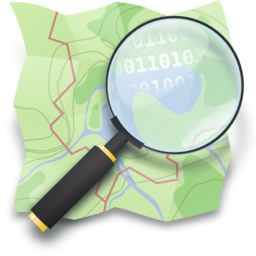

Introduction
Today is my introduction to OSM through an internship process by Mr Samson who take as through an online intern, we are getting into it before you know it and this will mark the start of one of the greatest open street mappers who has ver been born, …OpenStreetMap
The goal of https://openclimbing.org is to offer a non-commercial alternative to traditional climbing apps. Instead of filling private databases, we decided to design a structure for mapping climbing routes directly into OpenStreetMap.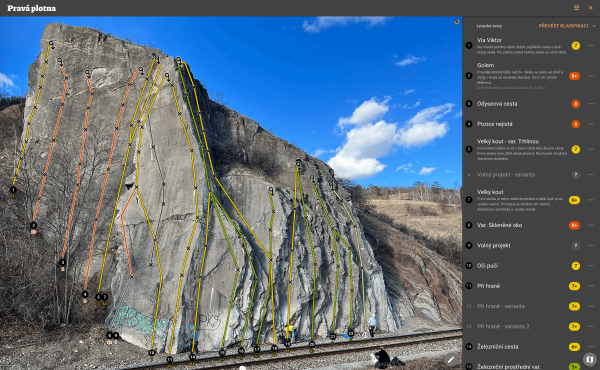

Openclimbing.org - climbing guides & topos in OpenStreetMap
The goal of https://openclimbing.org is to offer a non-commercial alternative to traditional climbing apps. Instead of filling private databases, we decided to design a structure for mapping climbing routes directly into OpenStreetMap.OpenStreetMap
UM980 is relatively affordable chip allowing multi-constellation multi-frequency GNSS with capability to provide raw phase measurements and hence potentially suitable for use in OpenStreetMap environment for precise mapping susing RTK.
What food is there - and can I get a wheelchair in?
I had a fantastic time at SOTM US. Thanks to all at OSM US for their work putting the event together.
Just reached 1000 edits, so thought it would be good to dump what I have learnt so far.
I started using OSM during the COVID 19 lockdown living in Hampshire, there were many walks available but the routes were not always clear on google maps. OSM was far better and I used it for information about walks before proceding. The level of detail was great and really useful.
Fast forward to 2023 and I decide to start contributing using StreetComplete and MapComplete. I drive an Electric vehicle and the information on charge points is so obscure I wanted to contribute. This led me down a rabbit hole of StreetComplete, filling in addresses, road surfaces, bus stop shelter. Anything and everything. I learnt the importance of information that would be useful to users.
Only in the last year, have I picked up mapping, this time using ID editor, chnaging tags was a little daunting but I slowly got there. I noticed some areas around me were missing house numbers. I learnt the importance of doing a survey on foot. There’s so much to learn from looking around IRL.
The last few weeks, I have been mapping out areas that had no buildings, only Residential Areas. A few thousand terraced houses later (feels like it) and quite a few places are on the map around Yarmouth (yeah I moved from Hampshire in this time!). Most imporatntly, check the alignment of background layers before starting a new edit! It is also useful to turn off layers not used, really makes things easier to see.
Latest update, I own a drone and can produce aerial images, very useful for areas not on Bing maps. This also gives me access to a 3D view of the area, very useful for double checking my survey notes!
Maybe I’ll do another one of these at 2000 edits?
I started using OSM during the COVID 19 lockdown living in Hampshire, there were many walks available but the routes were not always clear on google maps. OSM was far better and I used it for information about walks before proceding. The level of detail was great and really useful.
Fast forward to 2023 and I decide to start contributing using StreetComplete and MapComplete. I drive an Electric vehicle and the information on charge points is so obscure I wanted to contribute. This led me down a rabbit hole of StreetComplete, filling in addresses, road surfaces, bus stop shelter. Anything and everything. I learnt the importance of information that would be useful to users.
Only in the last year, have I picked up mapping, this time using ID editor, chnaging tags was a little daunting but I slowly got there. I noticed some areas around me were missing house numbers. I learnt the importance of doing a survey on foot. There’s so much to learn from looking around IRL.
The last few weeks, I have been mapping out areas that had no buildings, only Residential Areas. A few thousand terraced houses later (feels like it) and quite a few places are on the map around Yarmouth (yeah I moved from Hampshire in this time!). Most imporatntly, check the alignment of background layers before starting a new edit! It is also useful to turn off layers not used, really makes things easier to see.
Latest update, I own a drone and can produce aerial images, very useful for areas not on Bing maps. This also gives me access to a 3D view of the area, very useful for double checking my survey notes!
Maybe I’ll do another one of these at 2000 edits?
